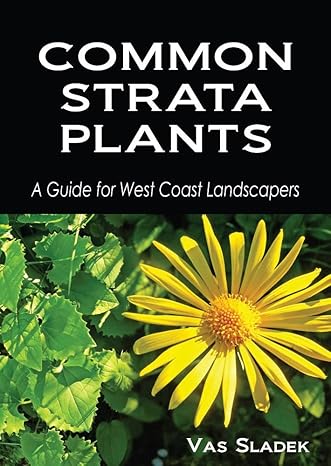Good question!
This past weekend I attended a winter plant identification course at the Van Dusen Botanical Gardens and the instructor asked an important question: why bother? And I think it’s good to ask yourself why you’re doing things. I knew why I made the long drive to Vancouver and I was curious to know what the teacher had to say. She was getting paid after all to teach us about winter plant identification. So why bother?
Get active!
It’s important to stay active in winter and plant identification is a great excuse to go out looking at plants and their features. Personally, I work as a landscape manager so I’m out in the landscape all week. I feel like I have this angle covered well. I’m active.
Slow down & improve your mental health
This is better. I confess to re-entering the gardens after the class disbanded and just walking. Since the gardens are quiet in winter, I barely noticed other visitors. I didn’t even stop at every plant tag, I just walked. It was a nice mental break for me: no appointments, no side-hustles, no teenage shuttles to work or soccer. And the day was really nice, too. January 11, 2025, was sunny after lunch.
Useful & provides employable skills
For a landscape professional, this is a big one. Remember the quote from the father of botanical nomenclature Carl Linnaeus:
“Who knows not the name,
Knows not the subject”
It all starts with identifying your plant, and it’s more difficult in winter when leaves and flowers are absent. All you really have is buds and branching patterns.
In landscaping, new workers learn machines and garden techniques first; botanical and common names of plants come later and slowly. When I got tired of answering the same questions about common landscape plants, I put the first one hundred or so plants into one eBook picture file. It’s now available on Amazon.

Food & medicine
Of course! Plants can feed you and heal you, if you know them well enough. In 2025 I can drive down to Superstore but in the past this sort of plant identification was crucial. Certain plants heal certain ailments; and some plants can nourish you or poison you.
Impress people
Ok, I admit, this can be fun. When I pointed out a tree species to my teenage son once, while driving, he called me something awful like “autistic drone”. But it’s nice to be able to identify plants when others can’t. Like when your boss has a meeting on site and the people are asking him about a shrub covered in purple berries, you don’t have to stutter when he calls you for help: Callicarpa (Beautyberry).
There you go, plenty of reasons to learn winter plant identification. I really enjoyed my course and I will review it in an upcoming blog post.


